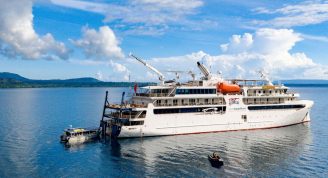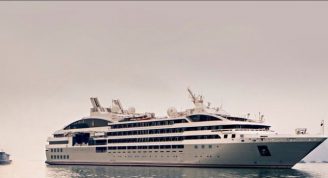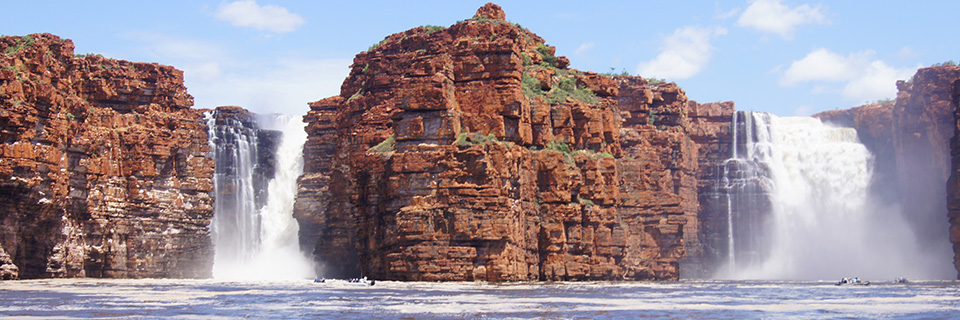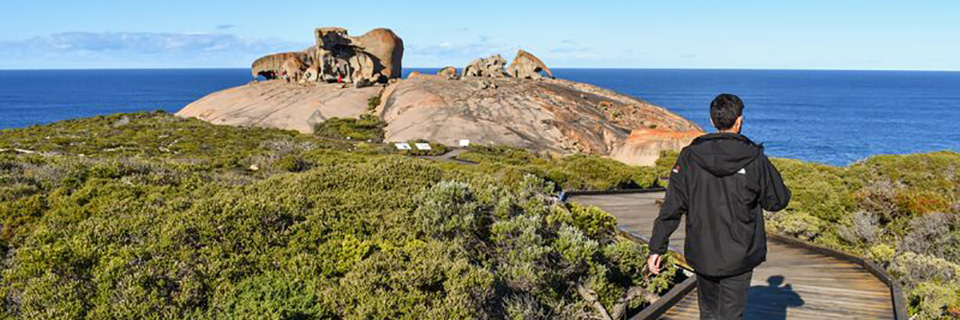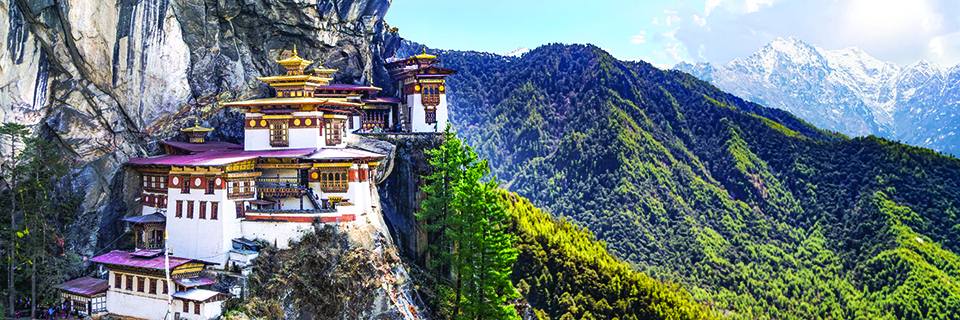Description
Every visit to Japan is the adventure of a lifetime, truly get to know this magical country on this exceptional voyage. Bookended by Tokyo, overnight in Osaka where you can explore the fun, food, and history of this very different gem. Marvel at human resilience in Hiroshima and discover the rich culture of Fukuoka. Witness the breath-taking natural splendour of Busan, then Kanazawa, Hakodate and Miyako await to be uncovered before arrival.
Trip Name
17 Days Luxury Japan Cruise - Tokyo to Yokohama
Days
17
Overview
Vessel Type: Luxury Cruise
Length: 801 Feet / 244 2 Meters
Passenger Capacity: 728
Built: 2022/2023
Silver Nova is more than a new ship by Silversea, it is a Nova way of luxury travel.
Introducing Silver Nova – the twelfth ship to join our fleet. Our newest vessel will join us in summer 2023, and will be a home away from home for up to 728 guests. Silver Nova’s innovative asymmetrical design introduces the world like never before, offering an immersive destination experience to our guests. With a gross tonnage of 54,700 tons she will offer a space-to-guest ratio of 75 GRT-per-passenger becoming one of the most spacious cruise ships ever built. What’s more, Silver Nova will be our most environmentally friendly, and thanks to her groundbreaking technological solutions, she will propel Silversea into a new era of sustainable cruising. It’s the Nova way to travel.
S.A.L.T. Chef's Table – An intimate dining experience with a curated tasting menu highlighting regional flavors. Includes wine & cocktail pairing. Reservation fee: $180.
S.A.L.T. Kitchen – Destination-inspired menus featuring local flavors. The Terrain menu showcases the current port, while the Voyage menu offers highlights from the journey.
Atlantide – Classic fine dining with a sophisticated ambiance. Indulge in premium ingredients like caviar, lobster, and exquisite desserts.
La Terrazza – Authentic Italian cuisine with homemade pasta, antipasto, risotto, and bold regional wines. Enjoy stunning views from the outdoor terrace.
La Dame – French fine dining with curated tasting menus and wine pairings. Reservation fee: $160.
Kaiseki – Japanese culinary artistry with sake, whiskey, or tea pairings. Reservation fee: $80.
Silver Note – A lively venue with gourmet tapas, jazz, and soul music, perfect for a night of entertainment.
The Grill – Casual dining by day, transforming into the "Hot Rocks" BBQ experience at night, set in The Marquee.
Spaccanapoli – Thin, freshly made pizzas from Naples, served in an open-air setting at The Marquee.
The Pool Deck – Spacious sun deck with Silversea’s largest pool and an infinity-edge whirlpool for ultimate relaxation.
The Dusk Bar – Open-air sky bar offering panoramic views and destination-inspired cocktails.
The Marquee – A relaxed outdoor venue combining The Grill and Spaccanapoli for casual dining.
Arts Café – A cultural hub for light bites, fresh juices, coffee, and artistic inspiration.
S.A.L.T. Bar – Locally inspired cocktails reflecting each destination.
S.A.L.T. Lab – Hands-on culinary workshops exploring local food culture.
The Shelter – An elegant cocktail bar offering signature drinks in an intimate setting.
Dolce Vita – The ship’s social hub, featuring live piano music and expertly crafted cocktails.
Panorama Lounge – A versatile space for relaxing by day and live music or DJ sets at night.
Connoisseur’s Corner – A stylish cigar lounge with premium selections.
Observation Lounge – A peaceful retreat with panoramic sea views and an in-house library.
The Venetian Lounge – A grand theatre for live performances and film screenings.
Atrium – The heart of the ship, home to key services, The Shelter, and Arts Café, with stunning floor-to-ceiling windows.
Boutique – Luxury shopping at sea, featuring premium brands and exclusive collections.



